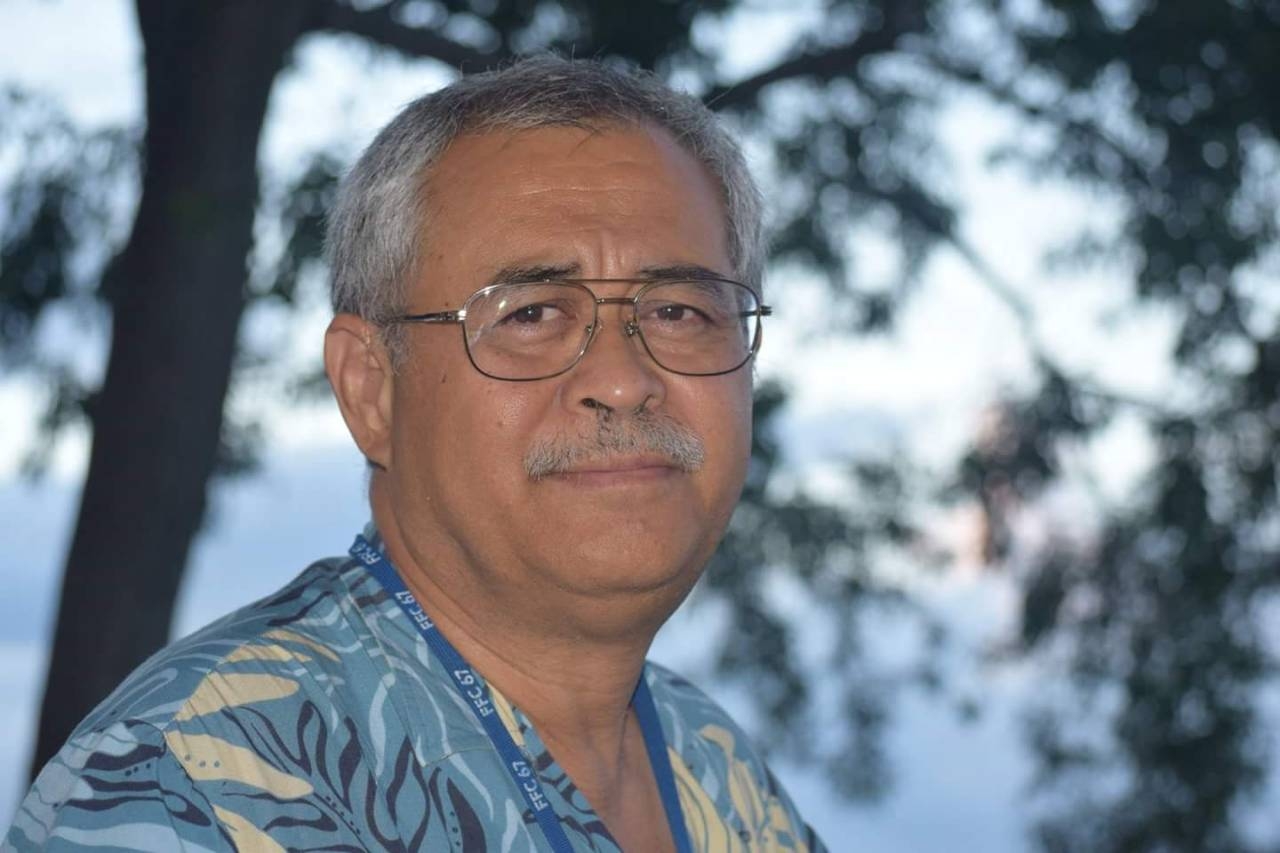By James T Movick
Remarks made by the Pacific Forum’s secretary general Dame Meg Taylor at a recent conference on high seas biodiversity are perfectly timed and signal a considerable challenge for small island developing states (SIDS) in the Pacific.
In addressing a meeting of Pacific SIDS in Fiji, Dame Meg expressed the view that Pacific nations have a vital role in ensuring the biodiversity treaty being negotiated at the United Nations does not forget people and communities dependent upon ocean resources for their livelihoods, culture, and economy.
It’s a refreshing sentiment in a world where campaigns about protecting the ocean environment are all too often devoid of the role of people; where oceans protection is promoted in terms of “no take” and “absolute protection”. For those of us who live and work in the Pacific, and have done for generations, such a viewpoint is far removed from the reality of life, where the sea provides food security, resources and income in the absence of land-based industries.
The new UN biodiversity treaty concerns valuable resources from the high seas – owned by no-one but open to all. How are those resources to be managed and shared in the future? There are agreements for fishing, mining and shipping on the high seas, but the international community is looking to further enhance those rules as more pressure comes on biodiversity as a result of a changing climate, among other concerns.
The treaty is important to all nations, but particularly so for the Pacific because of the size of the Pacific Ocean itself and the tracts of international waters within it, which are vast and have untapped potential. That is why it is of major importance for Pacific nations to take an active approach to the negotiations at the UN: to achieve an outcome that reflects the Pacific identity, culture, and geography for our ongoing sustainable development, and gives effect to the agreed Blue Pacific policy: where people remain at the centre.
Over the last few years, there has been unprecedented focus on the health and life of the oceans. That concern is much welcomed; however it is the proposed measures to support that good health and life of the ocean that need to be more considered and nuanced, particularly with regard to the impact on local dependent communities.
We have seen the move to implement large-scale marine protected areas, many over 100,000sq kms. In fact, the Pacific is over represented in this drive for large-scale MPAs – with 64 percent of established MPAs and MPA networks by area. It also contains 74 percent of proposed future MPAs, according to a recent report by international oceans consultancy Opes Oceani. (www.opesoceani.com)
The report concludes that ocean MPAs are initiated and promoted generally by large international Non-Government Organisations, and seldom by governments, in order to meet NGO numerical targets rather than as a sound contribution to goals related to biological diversity. The campaign for 10 percent of the world’s oceans to be classified no-take protected areas is superseded only by the drive to increase that to 30 percent.
The Pacific Ocean remains vulnerable to the establishment of further large-scale MPAs by distant Northern Hemisphere nations as well as international NGOs, with negative implications for the sustainable management of the Pacific’s fisheries and other oceanic resources.
Be that as it may, in the Pacific context, large-scale MPAs that include no-take bans have little or no fisheries management rationale for highly migratory species, a major earner of foreign income for Pacific nations. While they are certainly easier to administer than more complex ocean management schemes, and have become a publicity tool, their usefulness in the context of Pacific development is debateable.
More appropriate and traditionally familiar tools are marine management areas, where particular activities are targeted with appropriate temporal, spatial and species-specific management measures to achieve desired outcomes for marine biodiversity, such as fish-stock replenishment. MMAs are used more commonly in the Pacific to mitigate over-fishing of reef resources and inshore fisheries, for example. Furthermore, development of deep-sea resources and technology has advanced considerably in the last decade and locking off large areas of the ocean will limit sustainable development opportunities for Pacific nations.
The Blue Pacific is the policy on which Pacific nations are moving forward at the UN, and gives effect to the Sustainable Development Goals, notably SDG14 related to sustainable use of oceans and fisheries. Blue Pacific aims to refocus the collective potential of the region’s stewardship of the Pacific Ocean. It’s a direction based on acknowledgment of shared ocean identity, ocean geography and ocean resources.
Pacific nations’ respect for the ocean and the resources it provides stretches back many centuries to when the great migrations occurred. Sustainability and management are always challenging and there is no doubt that increased capability and resources would help achieve better management outcomes. Pacific SIDS have a vested interest in conservation and sustainable utilisation of the High Seas because of their dependence on the ocean and the paramount resources from which we derive desperately needed foreign exchange.
Balancing twin imperatives of conservation and utilisation is inherent to Pacific Ocean management frameworks. Sustainable use of ocean resources is a vital component of any final text that emerges from this far-reaching UN biodiversity treaty if Pacific nations are to benefit and improve economic and social outcomes.
ENDS
James Movick is the former Director General of the Pacific Islands Forum Fisheries Agency, based in Honiara, Solomon Islands, which works to ensure sustainable use and management of fisheries resources for Pacific nations. He is a long-time participant in national and regional fisheries management in the Pacific Islands and presently resides in the Federated States of Micronesia.
